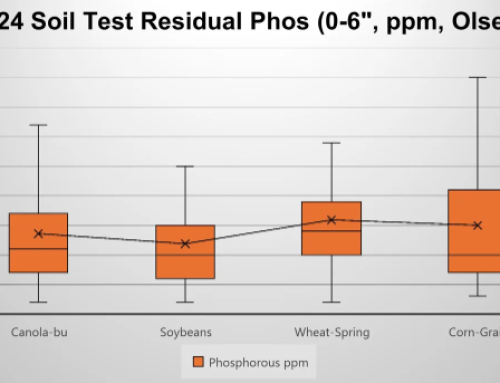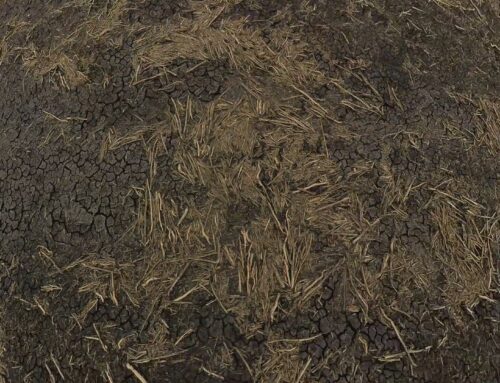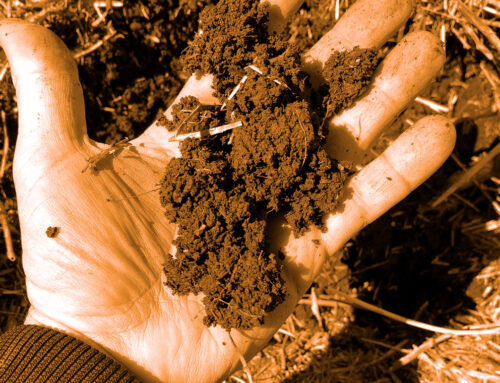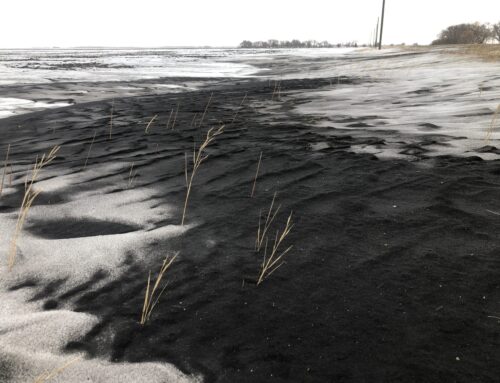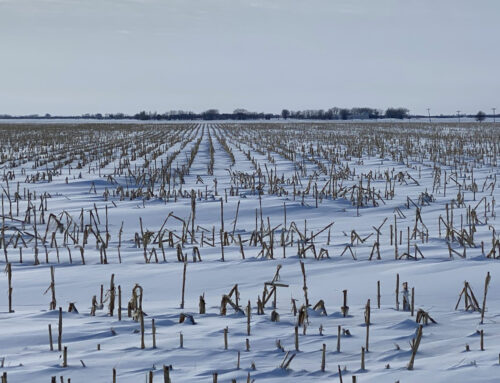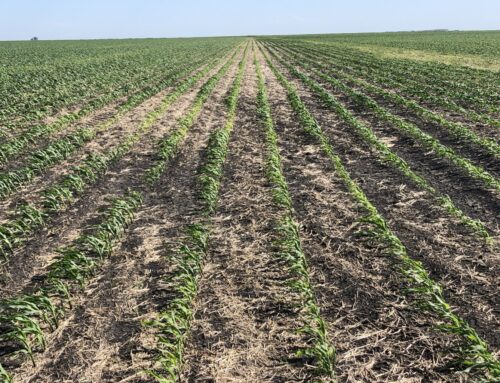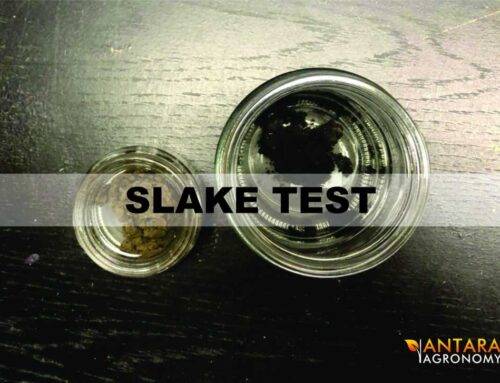Global food production occurs on 11% of the world’s arable land, with 95% of the food being produced in topsoil. Some studies report that almost half of the world’s topsoil has been lost since the implementation of modern farming practices in the 20th Century. Healthy topsoil can take 500 years to develop and less than 100 years to degrade. Without topsoil, our ability to produce enough food to feed the world is greatly reduced, heightening our need to protect it at all costs.
When European settlers first arrived in North America, farmers began tilling the land in preparations for seeding. What once was covered by native grasses was now bare and exposed. Tillage was a common practice on farms, and it served many purposes. When the ground was too wet, tillage would help dry it out. If you had problems with weeds, tilling would kill them as pesticides had not yet been developed or were not readily available.
Tillage was also used to turn a field black prior to it being fallowed. Since synthetic fertilizers were not yet common, farmers let their fields recharge with water and rest to be more fertile the following season. Current research shows that fallowing is detrimental to preserving topsoil. Without any crop residue or plants growing, the soil is vulnerable to wind and water erosion. Examples of this were the “dirty 30s” or the “dust bowl” event which displaced soil across the Prairies.
“You’re going to miss me when I’m gone!” – Anna Kendrick in Pitch Perfect
A way to combat erosion is to encourage the development of aggregates. Soil structure is made up of aggregates – smaller soil particles stuck together to form a larger “clod”. These aggregates become much more difficult for either wind or water to move. Even if they are moved, the aggregate will travel less distance compared to a smaller particle. Aggregates also influence air and water movement in the soil, which is beneficial to plants and microbes. Unfortunately, tillage accelerates the breakdown of soil aggregates, resulting in individual particles of soil that are easily eroded and soil that is susceptible to compaction.
Is tillage a necessary evil?
There are, however, benefits to tilling. In the climate we live in, we have a very limited amount of frost-free growing days in which to produce the best crop possible. If we do not till our fields, the ground remains covered, insulating the soil, and it remains cool longer. This does not help the newly seeded crop to emerge quickly, potentially setting back yields. Lower disturbance tillage systems have been developed, such as strip tilling, that are effective for operations using wider row spacing.
Residues are also an important part of the cropping cycle and need to be incorporated into the soil for nutrient cycling to occur and restore the organic matter that makes up topsoil. Microbes can decompose the residue and return the nutrients back to the soil when they have lots of surface area on which to work. This process occurs at a much slower rate when the residue is left on the surface.
Tillage is considered an integral aspect of crop production by producers worldwide. However, a sense of urgency over soil health and the preservation of topsoil is becoming apparent. Farming practices such as tilling breaks up the soil and destroys its natural structure, disturbing microbial colonies that inhabit it and leave the soil vulnerable to being eroded. If we do not continue to put emphasis on what our soils need to remain healthy, we could be facing an even bigger challenge in the future.

